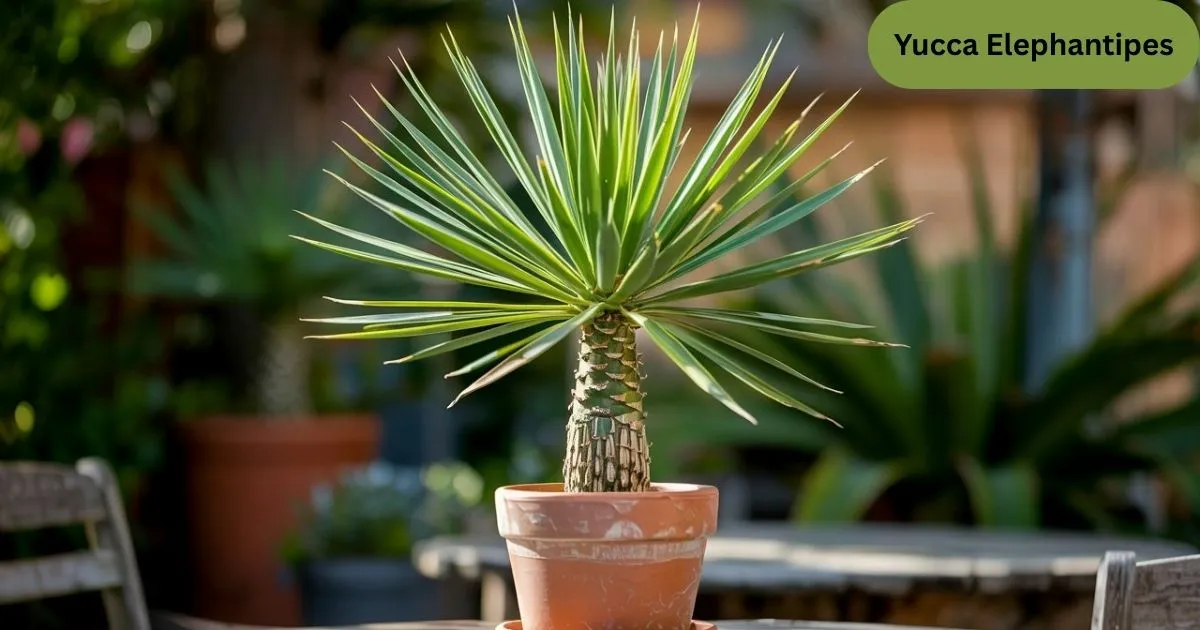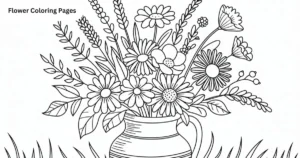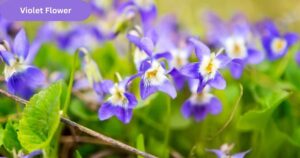Yucca elephantipes, commonly known as the spineless yucca, is a striking plant that adds a touch of tropical elegance to any space. Native to Central America, it’s appreciated for its unique appearance, featuring long, sword-like leaves and a sturdy trunk that grows in a tree-like form. Whether used as an indoor houseplant or in outdoor landscapes, this yucca is known for its low-maintenance care and resilient nature.
Perfect for both beginners and seasoned gardeners, Yucca elephantipes thrives in a variety of climates and conditions. Its ability to withstand drought, combined with its air-purifying qualities, makes it a great choice for homes, offices, and gardens alike. With minimal effort, this plant can become a long-lasting, eye-catching addition to your space.
Botanical Characteristics and Appearance
Yucca elephantipes features long, evergreen leaves that grow in rosettes, often in clusters on multiple stems. The leaves are broad, leathery, and taper to a point but lack the sharp spines seen in other yuccas. Mature plants develop thick, cane-like trunks, giving them a striking, tree-like appearance. In ideal conditions, they produce clusters of white, bell-shaped flowers on tall stalks.
The plant’s growth habit is upright and bold, making it a statement piece in gardens and homes alike. The leaves grow from the crown of the trunk, often arching slightly outward, which adds elegance to its rugged form. When grown outdoors, it can form multiple branches as it matures. This growth pattern enhances its lush, full appearance, especially when planted in groups or rows.
Ideal Growing Conditions
Yucca elephantipes thrives in warm climates and is best suited for USDA hardiness zones 9 through 11. It prefers full sun but can tolerate partial shade, especially when grown indoors. Well-drained soil is essential to prevent root rot, and sandy or loamy soil types work best. It is highly tolerant of drought, making it an excellent option for xeriscaping or dry gardens.
Indoors, place your yucca near a south-facing window for optimal light exposure. Although it adapts to lower light, growth may slow down in such conditions. It’s important to avoid cold drafts, as the plant prefers temperatures above 50°F (10°C). In temperate regions, it can be placed outside during warmer months and brought indoors during winter.
How to Plant and Propagate Yucca Elephantipes
Yucca elephantipes can be propagated through cuttings, offsets, or seeds, although cuttings are the most popular and reliable method. Take a healthy stem cutting, allow it to callous for a day or two, and then plant it in a sandy mix. Keep the soil slightly moist until roots develop, which usually takes a few weeks. Once established, the plant grows steadily and requires little intervention.
When planting in the ground, choose a sunny, well-drained location and space plants at least three feet apart. For container growth, use a sturdy pot with drainage holes to prevent waterlogging. Repotting is only needed every few years, as the plant enjoys being slightly root-bound. With proper care, the plant can live for decades, becoming a permanent feature of your space.
Watering and Maintenance Tips
Yucca elephantipes is a drought-tolerant plant and does not require frequent watering. Allow the top few inches of soil to dry out completely between waterings. Overwatering is the most common issue, often leading to root rot. During the winter, reduce watering even further as the plant enters dormancy.
Maintenance is minimal—remove yellowing leaves to keep the plant tidy, and wipe dust off the foliage occasionally. Pruning can be done to control height or remove leggy growth. Fertilize lightly in spring and summer with a balanced, diluted fertilizer. Avoid overfeeding, as this plant thrives in lean conditions and does not require heavy nutrients.
Common Pests and Diseases
Yucca elephantipes is generally resistant to pests, but it can occasionally attract mealybugs, spider mites, and scale insects. These pests appear as white fuzz, webbing, or sticky residue on the leaves. Treat infestations with neem oil or insecticidal soap, and isolate the plant if kept indoors. Regular inspection helps catch problems early and keeps the plant healthy.
Root rot is the most common disease, usually caused by overwatering or poor drainage. Signs include soft, brown roots and wilting leaves. To prevent this, ensure soil is well-drained and containers have holes. If rot sets in, remove affected roots and repot in fresh soil. A well-cared-for yucca rarely suffers from serious health issues.
Benefits of Growing Yucca Elephantipes
One of the key benefits of Yucca elephantipes is its low maintenance, making it ideal for beginners. Its bold, structural look fits well in both modern and rustic settings. The plant also improves indoor air quality by filtering pollutants, promoting a healthier living environment. Its slow growth means it won’t outgrow your space too quickly.
In landscaping, it adds a desert-inspired flair to gardens, patios, and entrances. It pairs well with succulents and cacti, creating a drought-resistant aesthetic. Indoors, it works beautifully as a floor plant in living rooms or offices. Its evergreen nature ensures year-round beauty with minimal upkeep.
Safety Considerations for Pets and Children
Although attractive and hardy, Yucca elephantipes is mildly toxic to pets like cats and dogs if ingested. It contains saponins that may cause vomiting, drooling, and lack of coordination in animals. Keep the plant out of reach of pets or monitor them when they are near it. Symptoms are usually mild, but consult a vet if ingestion occurs.
For households with young children, the plant poses minimal risk due to its lack of sharp edges. However, its height and leaf tips could still cause minor scrapes or eye irritation. Teaching children not to handle houseplants is always a wise precaution. With proper placement and awareness, the plant remains a safe and stunning addition to your home.
Read More: Yucca Palm
Conclusion
In conclusion, Yucca elephantipes is a stunning, low-maintenance plant that adds structure and greenery to both indoor and outdoor spaces. Its adaptability, drought tolerance, and easy propagation make it a favorite among gardeners and houseplant enthusiasts.
With proper care, it can thrive for years, enhancing your environment with its bold appearance and air-purifying benefits. While generally safe, it’s important to keep it out of reach of pets due to mild toxicity. Whether you’re designing a desert-themed garden or looking for a hardy indoor plant, Yucca elephantipes is a reliable and stylish choice for any space.
FAQ’s
How often should I water Yucca elephantipes?
Water only when the top inch of soil is dry, about once every 1-2 weeks.
Can Yucca elephantipes grow indoors?
Yes, it thrives indoors with proper sunlight and care.
Is Yucca elephantipes toxic to pets?
Yes, it is mildly toxic to cats and dogs if ingested.
How tall can Yucca elephantipes grow?
It can grow up to 30 feet outdoors but stays smaller indoors.
How do I propagate Yucca elephantipes?
Propagate through stem cuttings or offsets by planting them in well-drained soil.









